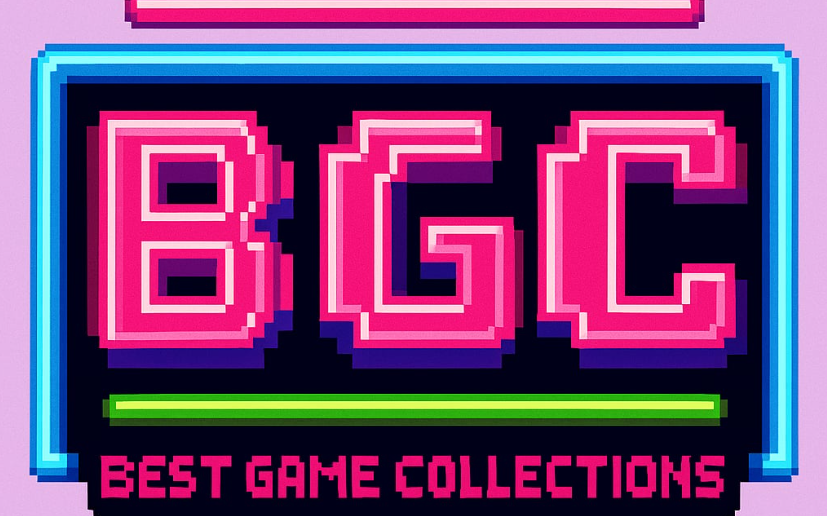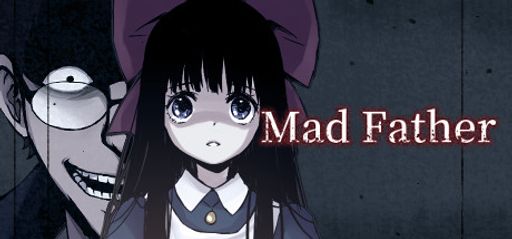I have always been drawn to games that challenge both my speedrunning instincts and my analytical mind. Mad Father achieves that dual appeal with a unique blend of horror exploration and classic RPGMaker traditions. Released on Steam by sen and PLAYISM on September 23, 2016, this remake of a cult classic demands precise execution and measured caution. As a passionate speedrunner, I found Mad Father to be a fascinating study in pacing and strategic decision-making.
From the outset, I was captivated by the game’s eerie atmosphere. The narrative centers on a family steeped in foolish but dark secrets. The game draws you in with a promise of unraveling a disturbing mystery while you fend off inevitable peril. This dual promise is reminiscent of the best in the 2D anime horror RPGMaker genre. Titles like Ib and The Witch’s House set a high standard. Mad Father meets those expectations in several areas. The overall impressions are mostly positive, as reflected in the consistent “Very Positive” reviews on Steam.
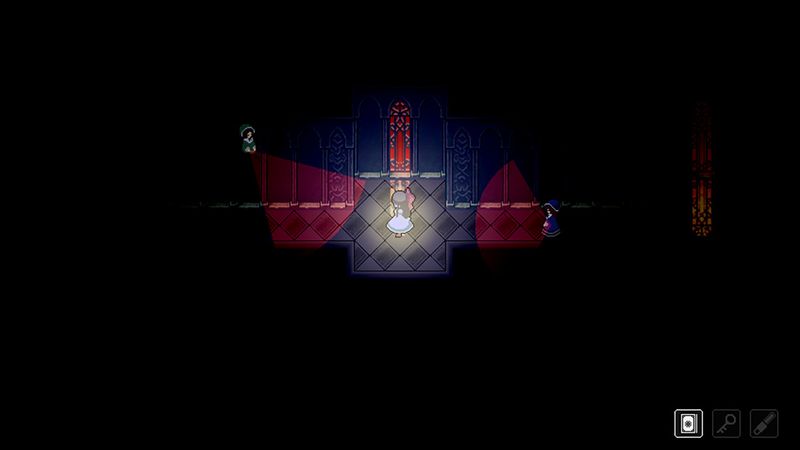
When I first dove into Mad Father, I noted that its structure favors exploration over runaway thrills. The gameplay mechanics are straightforward but layered with hidden complexities. Movement is intuitive, and the controls can be mastered quickly. However, there is an inherent tension in each encounter. Precise timing is essential during critical moments, especially when you are racing against both the clock and lurking dangers in the shadows. I appreciated how the game forces you to adapt to unexpected challenges while maintaining a clear sense of direction and purpose.
Speedrunners will appreciate the meticulous design behind room layouts and puzzle crafting. I noticed several segments where a keen eye for detail and swift decision-making leads to major time savings. On one level, I encountered a puzzle that involved avoiding traps while decoding a family secret. This moment required moving quickly yet cautiously, a balance that is central to the game’s design. Some players have pointed out that the “blood mode” retconned some of the lore. While that might bother purists, I adapted my strategy and still found the overall pacing rewarding. Every clue feels like it has a dual role: it pushes forward the mystery and opens up speedrun opportunities.
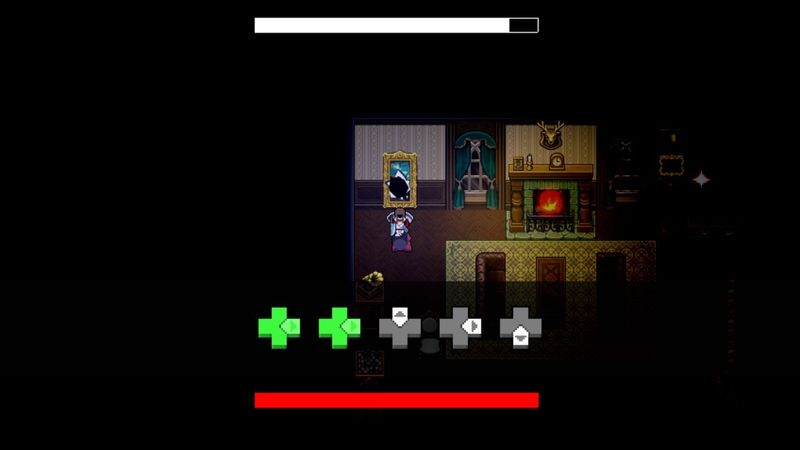
The character development in Mad Father is another aspect that sets it apart. The narrative builds slowly, allowing each character to reveal hidden facets. I found the interplay between the protagonist and other family members intriguing. Their relationships embody the tension and mystery that define the game. While the characters are archetypal, they serve not only as narrative devices but also as obstacles and aides in your quest. In one memorable moment, a sudden change in a character’s demeanor provided a critical shortcut for progressing through a challenging section. Such character dynamics deepen the game’s world-building, making every decision feel significant.
Visually, Mad Father utilizes a retro style that perfectly complements its eerie themes. The graphics are crafted in a manner that recalls the early days of RPGMaker. This artistic choice may be considered simplistic by today’s standards, yet it successfully evokes a nostalgic dread. The deliberate pixel art and muted color palette create a sense of claustrophobia and foreboding that works exceptionally well in a horror setting. Each room and corridor is meticulously designed, and incidental details help maintain a consistent atmosphere. I found that the visuals not only set the tone but also act as subtle cues for strategizing my route during speedruns. Recognizing patterns in the background design quickly can save valuable time.
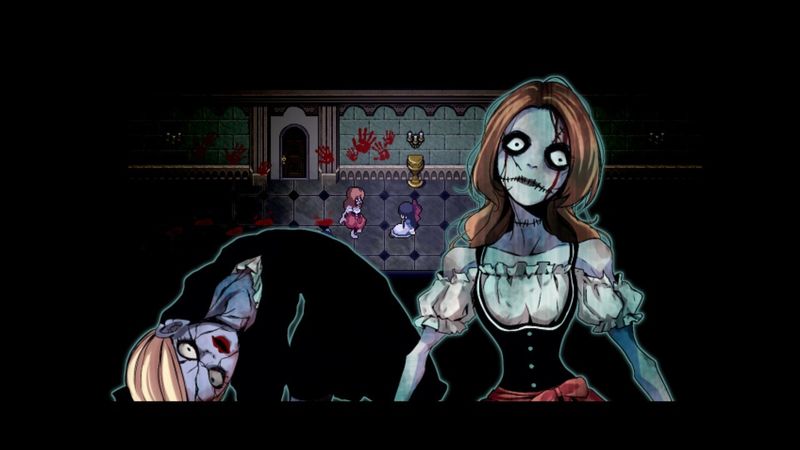
Sound and music play a pivotal role in Mad Father. The soundtrack is haunting and carefully composed to amplify the experience. Each track seems tailored to a particular moment, intensifying both the horror and the subtle humor in the narrative. The sound effects are crisp and designed to startle at just the right moments. In one memorable sequence, a sudden crescendo followed by eerie silence forced me to slow my pace momentarily. I appreciated that the audio cues serve as both narrative devices and gameplay signals. While the voice acting is minimal, it adds a layer of authenticity to the characters when present.
Balancing difficulty with replayability is central to Mad Father’s design. The game is challenging without feeling unfair. I encountered several game-over situations as I experimented with aggressive strategies. Each failure, however, taught me a critical lesson that benefitted my subsequent runs. This iterative process aligns perfectly with what speedrunners enjoy: optimizing paths, learning enemy patterns, and refining both movement and decision-making on the fly. One player remarked on the game’s slow pace but enjoyed the rich narrative. I agree that while Mad Father may seem methodical at first, it rewards persistence and sharp analysis. The design encourages repeated playthroughs where players can experiment with alternate paths and optimize their completion times.
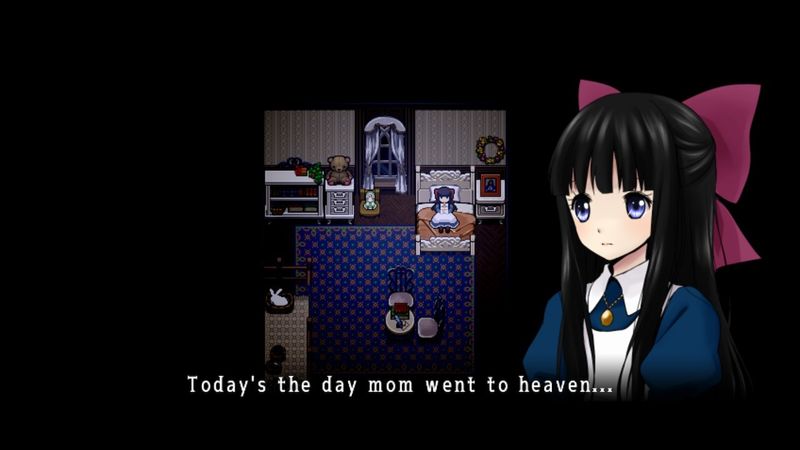
I also uncovered small behind-the-scenes trivia that may interest fans. The developer sen is known for his affinity for the horror genre and often incorporates subtle nods to classic horror literature and films. PLAYISM has a solid track record when it comes to nurturing indie titles with distinctive styles. Their collaborative approach on Mad Father allowed for a creative space where strategic gameplay coexists with deep story elements. Such insights help explain why the game strikes a balance between speed-oriented play and narrative depth.
Reflecting on my experience, I see Mad Father as a challenging yet rewarding journey into the heart of retro horror. I learned to combine patience with urgency. Recognizing that each shadow and sound is a clue is vital. My speedrun attempts revealed that proper route planning and awareness of environmental cues can shave off significant seconds from the overall completion time. I developed a few strategies that have since become part of my speedrunning lexicon. Every movement felt deliberate, and mastering the patterns of hazards and puzzles remains a fulfilling challenge, both for newcomers and seasoned players.
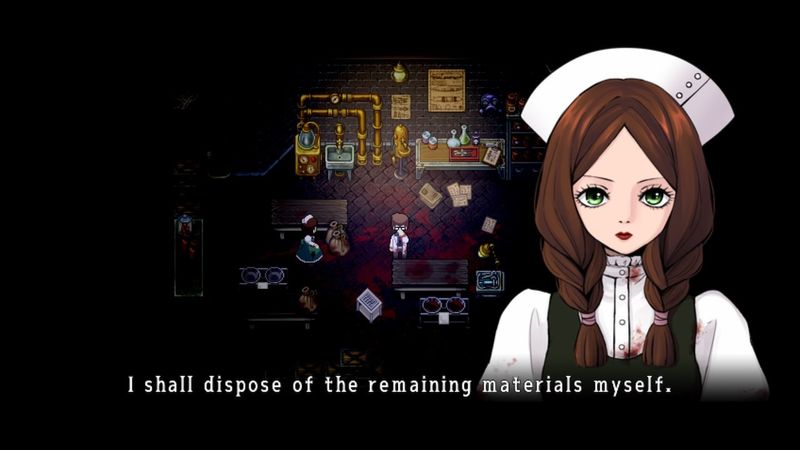
In conclusion, Mad Father stands as a compelling addition to the horror exploration genre. It marries a nostalgic visual style with a richly layered narrative full of hidden secrets. The gameplay mechanics are both accessible and deep, which offers a satisfying experience for casual exploration and technical speedrunning alike. The crisp sound design further intensifies the eerie atmosphere, and the delicate balance between terror and strategy keeps every session engaging.
As a speedrunner, I appreciate games that challenge my instincts while rewarding careful analysis. Mad Father delivers on both fronts. Despite minor concerns regarding narrative retcons in its “blood mode,” the overall experience is outstanding. I recommend it to anyone who enjoys intricate puzzles, dark family secrets, and the art of precise, calculated gameplay.
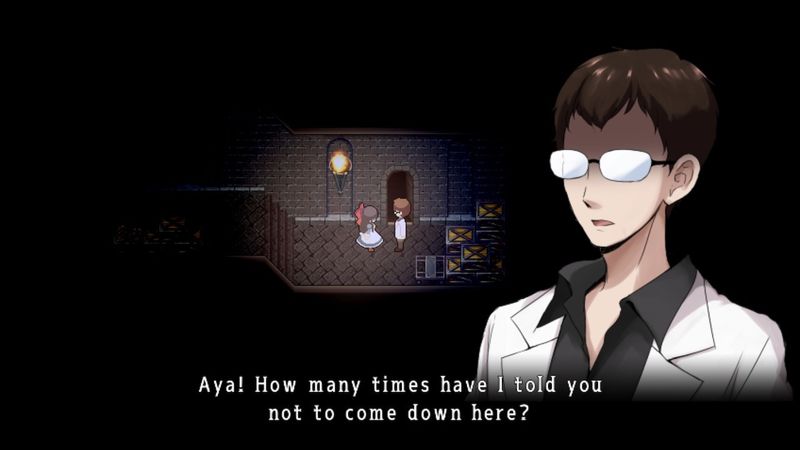
Rating: 4.5 out of 5 stars.
Mad Father is a must-play for those seeking a cerebral yet adrenaline-fueled horror adventure. I encourage you to dive in, experiment with your speedrunning strategies, and immerse yourself in its unique blend of narrative and challenge. Enjoy the thrill of mastering each sequence and unlocking the mysteries that lie beneath its haunting exterior.
